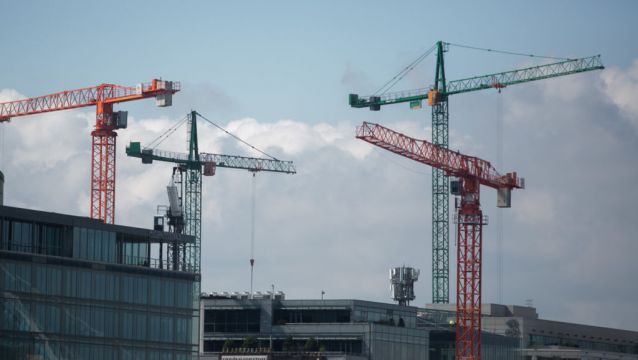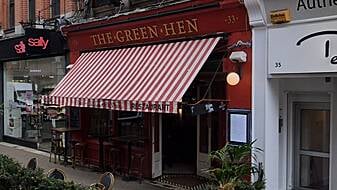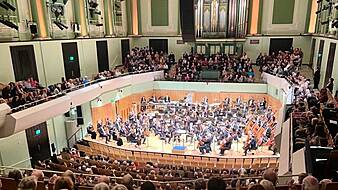The latest Dublin Economic Monitor shows that despite positive movements in the labour market, overall business activity in the Capital slowed at the end of 2023.
The Dublin S&P Global Purchasing Managers’ Index (PMI) slowed to 51.9 in Q4, its lowest level of the year. This exceeded the 50 mark which separates expansion from contraction but was down from 53.5 in Q3.
This slowdown was driven by activity levels in the construction sector swinging sharply from a robust expansion in Q3 to contraction in Q4.
This brought a sequence of three quarters of expansion to an end. The overall positive reading in Q4 was driven by the services (53.9 per cent) and manufacturing sectors (53.3 per cent).
Dublin's unemployment rate fell to 4.7 per cent in Q4 in a further positive development for Dublin's labour market.
This represented a 0.4 per cent reduction, and brought the rate below 5 per cent for the first time in a year and back in line with the equivalent for Q4 2022.
Both the Dublin and national rates (4.5 per cent) were close to 'full employment' and indicated rude health as 2024 approached, despite headwinds in the global economy.
According to MasterCard data, consumer spending in Dublin increased by 0.9 per cent quarter on quarter and 3.4 per cent year-on-year, which was broadly in line with the growth rates recorded in the preceding quarter.
The entertainment sector (hotels, bars and restaurants) was the main driver of growth in the Capital with an expansion of 2.4 per cent.
Tourism spending contracted in the quarter, however, in what was a disappointing conclusion to the year. While expenditure increased by 5.7 per cent it contracted by 1.7 per cent, marking the first such reduction since early in the pandemic.
The US market - critical to tourism across the country – continued on an unsteady path with a contraction of 16.4 per cent, after an expansion of almost a quarter in Q3.
Hotel occupancy rates in Dublin rebounded strongly in December 2023 and January 2024, following a relatively weak period between May and November of last year.
Occupancy climbed to 83.9 per cent in December and then surged to close to 91 per cent in January.
This was the highest level since the series began in 2014 and is a positive for the industry, which has faced multiple challenges in recent years.
Notably, the January uptick in occupancy coincided with average rates reaching their lowest ebb (€160) in 20 months.
2023 was a record year for public transport usage as 251 million journeys were undertaken in the Capital, up by 48 million or 23 per cent year-on-year.
A total of 63.5 million passenger journeys were recorded across the four main transport modes in the final quarter of the year.
Commenting on the findings, Andrew Webb, chief economist with Grant Thornton, said: “Getting a clear read on the economy is proving elusive at the moment.
"This edition of the monitor reflects this challenge, noting a mixed picture of different indicators.
"We have new peaks for hotel occupancy and a faltering demand for restaurants, reasonable retail performance but weakening business activity and we continue to see strong employment statistics but fewer vacancies."







